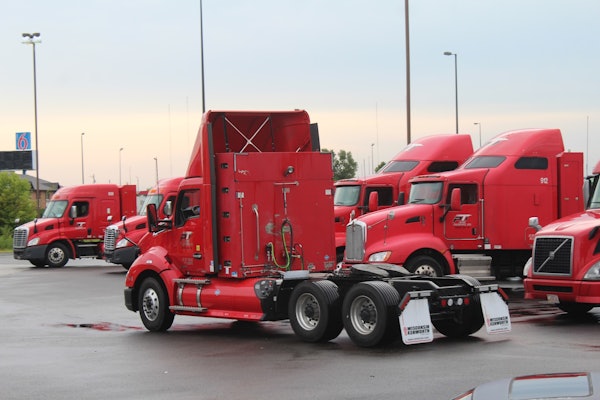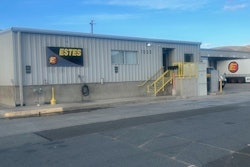A few years ago, the Internet became so popular that trucking companies rushed to create websites. Unfortunately, most of these were just static cyber-brochures for the companies. There was little reason for someone to go there in the first place and even less reason to return.
Some carriers, however, have seen the power of the Web as a customer service tool. Take El Paso, Texas-based Stagecoach Cartage, which has been adding customer-focused website tools, such as load tracking, document imaging and retrieval, order entry and rate quotes to its website (www.stagecoachcartage.com). Large carriers have offered customers these tools for several years, but for the 125-truck Stagecoach, the effort has contributed to increased market share and internal efficiency, says President Scott McLaughlin. Stagecoach has doubled in size over the past five years.
“(The website) allows us to compete with some of the big guys with the same technology even though we’re a small carrier. It’s pretty impressive to our customers,” McLaughlin says. “Many customers see it as a bonus. A lot of the guys competing don’t have the tools yet.” Indeed, Paul Ericsson, Internet product manager at McLeod Software, estimates that less than 25 percent of all carriers have any type of interactive web application.
Stagecoach Cartage uses McLeod Software’s Internet module to integrate real-time dispatch information from the company’s enterprise software, McLeod LoadMaster, and its Qualcomm satellite tracking units to its website. The company also uses McLeod’s Document Imaging System so customers can pull up proof-of-delivery receipts, bills of lading and freight bills to resolve billing questions themselves. “Online load tracking and document imaging and retrieval are the real heart of our website,” McLaughlin says.
Besides offering a competitive advantage, developing an online customer service center has increased sales by freeing up more time in the operations department, McLaughlin says. With more customers using the Internet to trace trucks, view documents and enter loads, operations personnel spend more time creating new revenue.
Many shippers, especially large ones, may require you to send load status updates, freight bills and other information directly through standard EDI format. Smaller customers, however, are more likely to “buy into” online services, especially tracking, says David Barbee, IT manager for Roads West Transportation, a 220-truck carrier in Phoenix.
“The bigger customers really come in and say ‘this is the way we’ll do it,'” Barbee says. “We have a handful of customers that use our web page to see where their trucks are. It does add value but only if you market it and sell them on it.”
Despite your best efforts at improving your website, customers may still reach for the phone and hit your speed-dial button. Promoting your website, therefore, is just as important as adding new tools. If customers still prefer the phone, at least you’ve made an impression.
“We offer online load tracking as an option if they want it,” says Canute Tagseth, vice president-special projects for Yanke Group of Companies, a 375-truck carrier in Saskatoon, Saskatchewan, Canada. “When you’re selling, you sell the entire package – this includes the quality of everything.” But showing you’re ahead of the rest in technology – at least Internet technology – is another powerful weapon in your sales strategy.
Aaron Huff is technology editor of Commercial Carrier Journal. E-mail [email protected].









